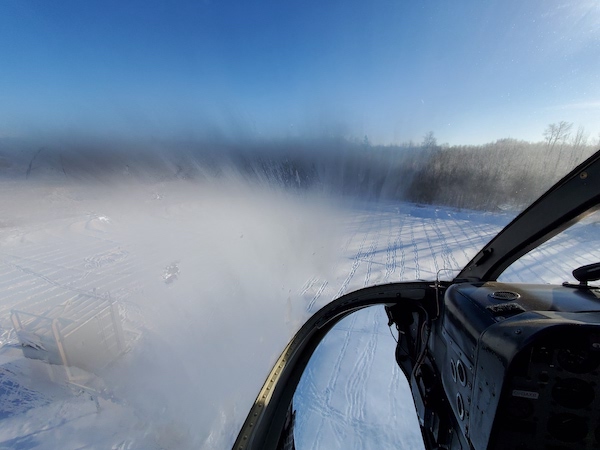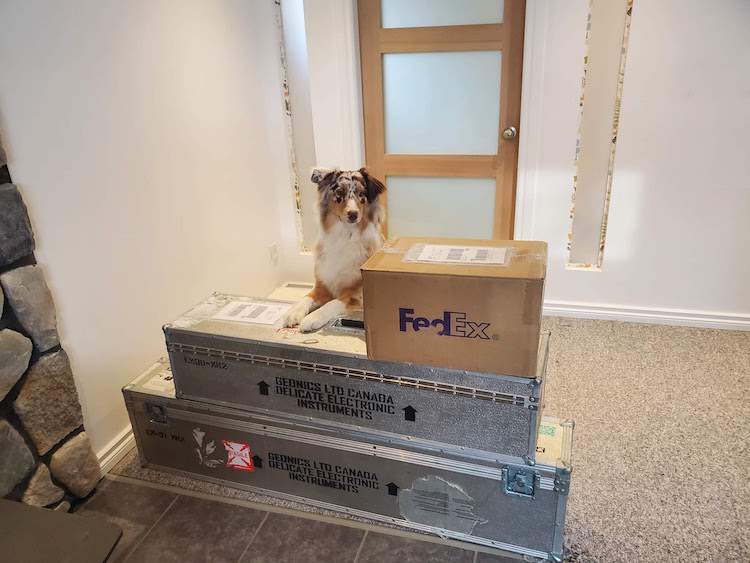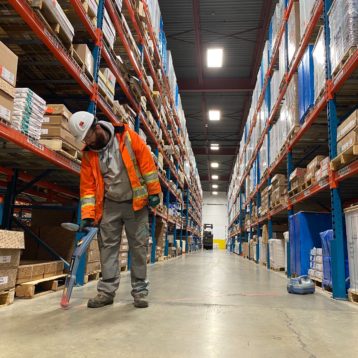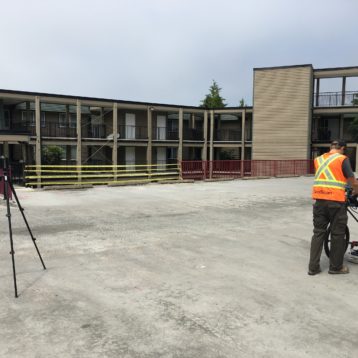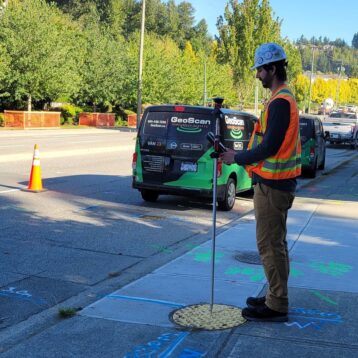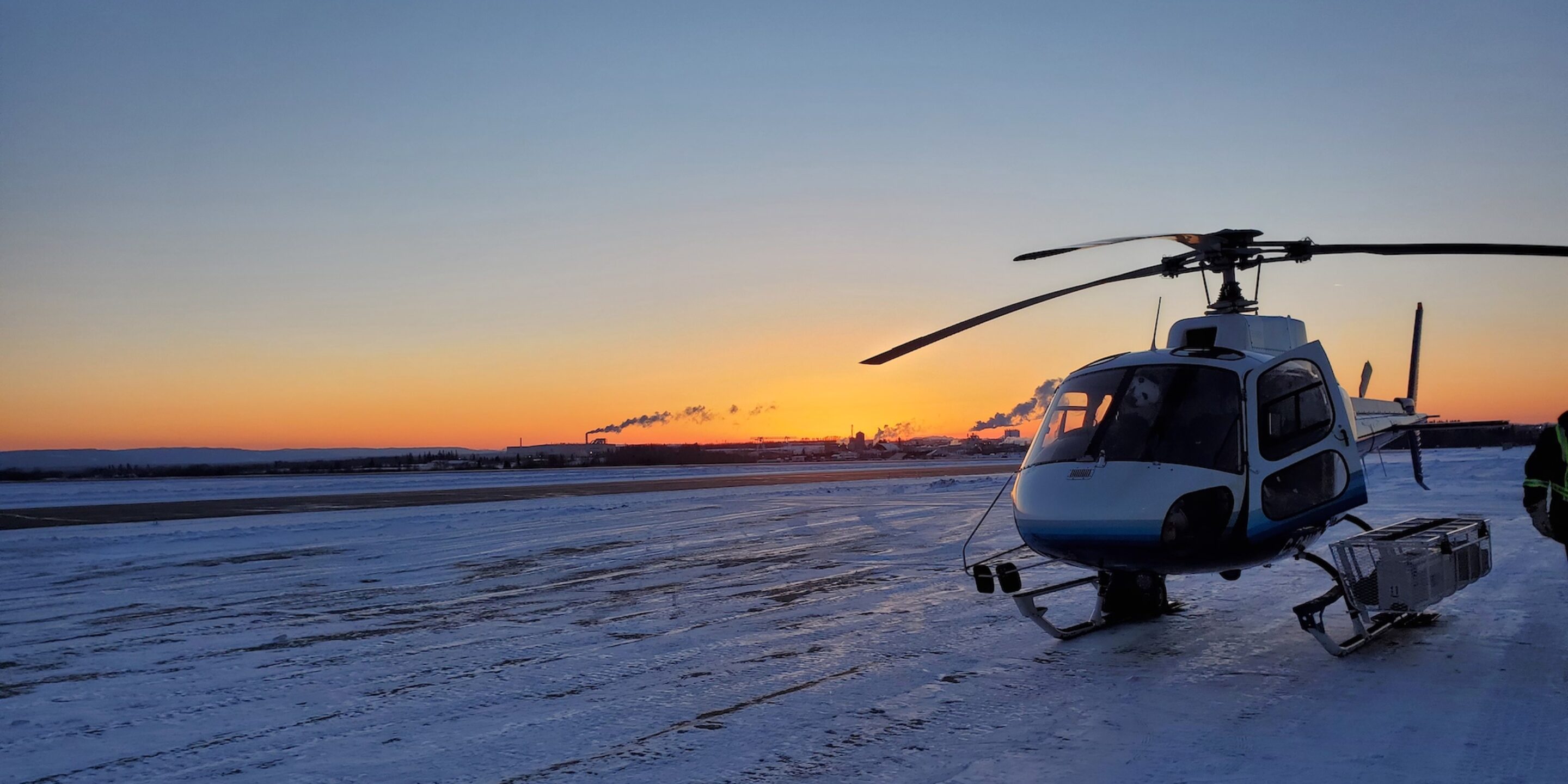
A unique project came up at our Fort Saint John (FSJ) office in North Eastern British Columbia at the start of 2021. The project was remote and required specific equipment to complete.
The Project Specifications
The client had an interesting set of requirements, with two lease locations requiring pre stage II ESA (environmental site assessment), before stage II drilling could begin.
An ESA will help identify the existence of soil or groundwater contamination. This could be from substances such as petroleum, heavy metals, pesticides or herbicides.
Partner Engineering & Science write “The intent of the report is to assess if current or historical … uses have impacted the soil or groundwater beneath … and could pose a threat to the environment and/or human health. If these issues are found, it presents a potential liability for the lender and/or owner, as well as affecting the ground’s value”.
The client’s work required would include:
- Ground conductivity sweeps – completed with EM31-MK2 and EM38-MK2
- A utility line locate with a passive four way electromagnetic sweep, and a site investigation. This is a standard part of pre stage II drilling.
The Limitations
This site would require the use of a helicopter with limited fly time for traveling to and from two locations. The work would need to be completed in a single day and the required paperwork would need to be expedited. This would require that we limit our gear, personnel and that we swiftly get the data to our geotechnical staff in Vancouver.
In reducing fly time and costs to a minimum we agreed that we would be attempting one trip only on the chosen day, sending a single GeoScan employee and a single environmental technician from the client’s side.
An ability to ship out an EM31-SH rather than the EM31-MK2 helped reduce the space needed, so all technicians and equipment could be transported efficiently. Although, as is with many helicopter jobs there are often challenges along the way.
Our junior staff member was excited that the gear arrived safely from Vancouver.
The Planning
The plan we coordinated with our client was to use one GeoScan employee able to complete both the Line Locate and Electromagnetic Survey, with the help of a client-supplied environmental technician. That technician would be conducting a site investigation as well as acting as a helper to assist in the Line Locate and EM Survey under the direction of GeoScan. In addition, there was one amazing pilot to ferry us to, between, and from these sites.
All the equipment arrived from our Vancouver office to our Fort St. John office ahead of schedule and was tested to ensure it was ready to go when we arrived on site. All the paperwork was complete in advance to the point whereby the investigation data was the only information to be added.
The Challenges
In northern BC weather quite often dictates work, with winter temperatures quite regularly finding themselves below -15’C.
After delaying the job due to weather for nearly a month, time was running out. It was decided that an attempt needed to be made to get the job complete. We loaded up our gear with plenty of spare batteries and extra thick winter fire resistant coveralls, that are developed for working in temperatures as low as -40’C.
Arriving on site the temperature was just below -35’C, well below the operational temperature of our equipment. In addition to this, the equipment had taken the flight in a basket located on the outside of the helicopter, so with such exposure to the cold, we were unsure if it would function as we needed.
Thankfully, on start up everything ran smoothly, yet slightly slower. With a couple battery replacements we finished up the first lease location right on time, to enable us to move onto the next site.
Unfortunately, our equipment’s batteries were not the only pieces of equipment that can fail in such extreme temperatures. The battery in the helicopter had also died due to the cold. We were stuck on site for an additional two hours waiting for a mechanic and a second helicopter to pick us up.
After hustling efficiently through the line locations on our second site, we were hopeful of completing the job in the single day scheduled. With the sun going down at 5pm, unfortunately that didn’t leave enough time to complete the ground conductivity sweeps, so we had to leave it there for the day.
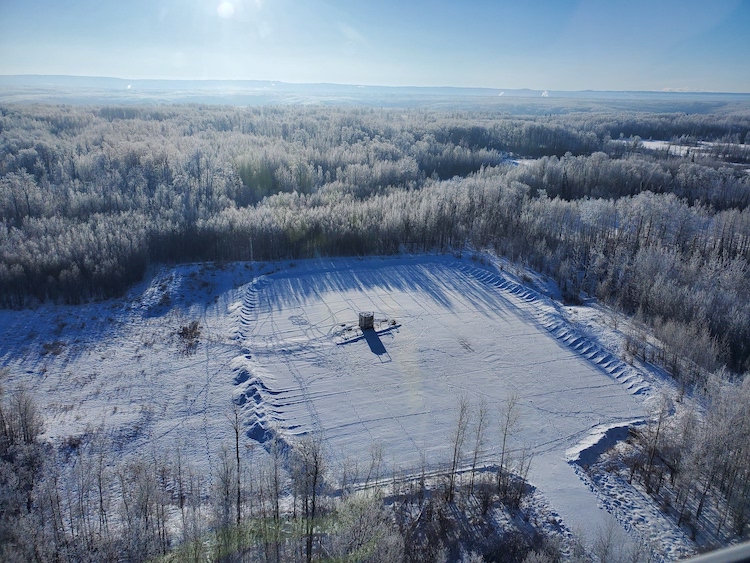
Concluding: Day Two of a One Day Project
After Day One’s complications the client’s project manager was understanding of the situation. Our GeoScan technician and the pilot volunteered to head out again the next day to complete the final ground conductivity sweeps.
Arriving on site the temperature was thankfully an amazing -10’C and very sunny. The final survey was completed with no further delays, and all pertinent data collected.
By this point time was of the essence, due to the extra day on site. Processing time was reduced, with extra importance placed on quickly and efficiently interpreting the data, whilst obviously keeping the standards high.
Thankfully we were pleased to be able to achieve what we needed to within the deadline, to keep the project on track for our client.
If you have a project similar to this, needing an environmental site assessment or anything similar, please get in touch with our Fort St John office on 250.785.1189 or contact through our contact us page.
